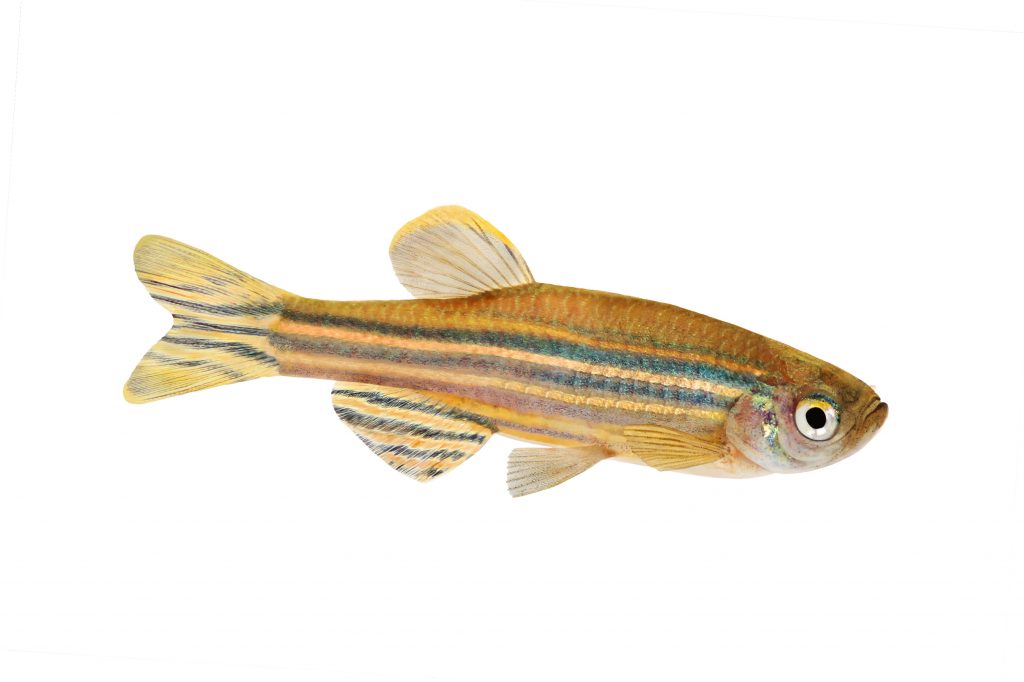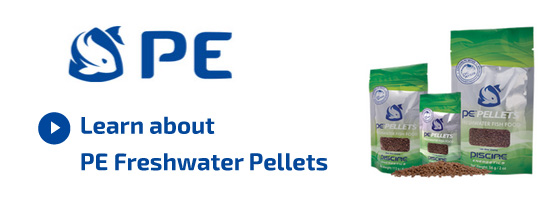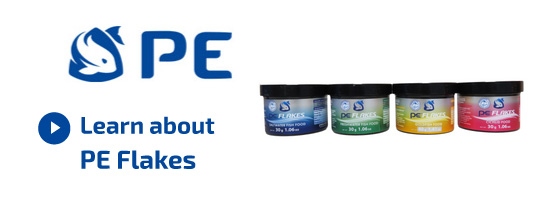Danios Species
Danios
Corydoras, or Cory Cats as they are frequently called are members of the Callichthyidae family. Cory cats are a highly speciose family, with over 150 currently species still awaiting description and naming! Cory cats are a commonly kept group of fishes due to their cute antics, small size and pleasant dispositions. They are a very frequently kept fish in community tanks as they spend much of their time cruising the substrate, livening up the lower strata of the aquarium.
The Peppered Cory Cat (Corydoras paleatus) is one of the most commonly sold species or cory cat. Other common species include Panda Cory Cat (Corydoras panda), Sterbai Cory Cat (Corydoras sterbai), Skunk Cory Cat (Corydoras arcuatus) and the Panda Cory Cat (Corydoras panda).
Biology
Corydoras are native to South America where they are found in many different river drainages throughout the continent. They are small fish ranging in size from about 1” (2.5 cm) to about 5” (13 cm).
Captive Care
Corydoras can make great aquarium inhabitants, provided their husbandry needs such as diet, water quality and tank space are met. Water
Most cory cats prefer a temperature range of 70 F ( ) to 78F ( ). Interestingly, a sudden drop in water temperature, such as a large water change with cool water will stimulate breeding in cory cats. Cory cats are typically considered good members of community tanks, particularly with other peaceful species.
It is important to consider carefully what species of cory may be best for your aquarium. While smaller species such as the Pygmy Cory Cat (Corydoras pygmaeus) are suited to tanks as small as five gallons, larger species such as the Emerald Green Cory (Brochis splendens) may be better suited to a larger tank.
Suggested Piscine Energetics Products
We suggest a diet based on Piscine Energetics Frozen Mysis, Piscine Energetics Frozen Calanus, Piscine Energetics Pellets (1mm and 2mm) and Piscine Energetics Saltwater Flakes.
What people are saying about PE:
After feeding my seahorses your mysis for about 3 months; they are fat and happy!!! they give me baby seahorses (at least 300 ) each 14 days... So I'm very satisfied of your mysis.The frozen mysis is about 70 per cent of their diet.
Yvan Charbonneau Quebec
I am keeping these Indian mudskippers -- very cute -- about 3-4 inches long. I've been feeding them frozen bloodworm, and decided to try them on mysis. I feed them in a "shallows" in the 150 I have set up for them. The minute the mysis hit the water they were on it, frozen and all. They gorged until their little bellies were almost bursting. I have yet to see an aquatic creature that does not go absolutely nuts over PE Mysis.
David Lass Massachusetts
I picked up my Mysis today and they arrived wonderfully. All the fish I fed them to, absolutely devoured them. They are my Frontosas new favorite food. All my Discus ate them up eagerly...heads and all!! I want to thank you again for your excellent service and product.
Pierre Brenton Nova Scotia
I have a large saltwater aquarium (220 gallons) with very expensive fishes and invertebrates. I tried to feed them with your PE Mysis and they really went crazy about it. Since that time, some of my fishes refuse any other product I offer them!






